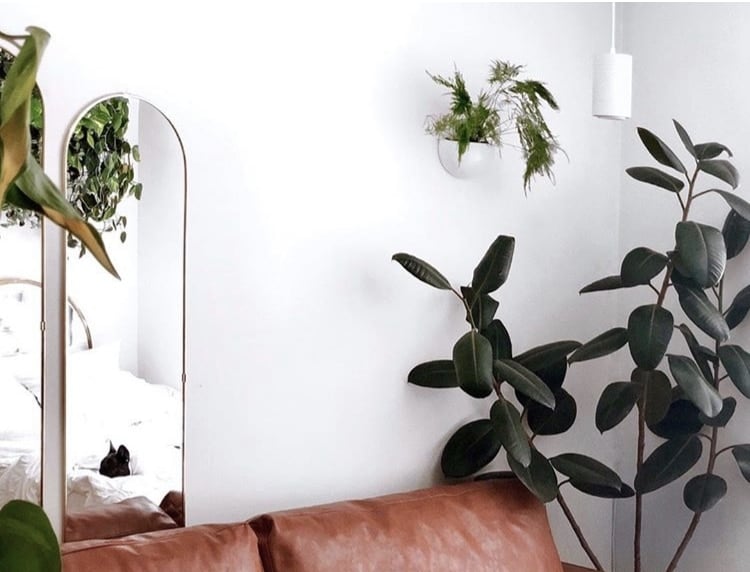
Table of Contents
Are you familiar with Luxembourg’s gorgeous gardens? This small country is famous for not only its aesthetically-pleasing gardens but also for its luscious forests. These two natural attributes make Luxembourg a perfect destination for travelers. You don’t need to go all the way to Europe to satisfy your biophilia. Why not take this inspiration inside?  Copyright:Thomas Launois - Fotolia Information extracted from IPTC Photo Metadata
Copyright:Thomas Launois - Fotolia Information extracted from IPTC Photo Metadata
 Copyright:Thomas Launois - Fotolia Information extracted from IPTC Photo Metadata
Copyright:Thomas Launois - Fotolia Information extracted from IPTC Photo MetadataDesign for Indoor Living
When designing an interior to meet the requirements of your love for nature, or biophilia, the two most important things are plants and lighting.Why should you care about Lighting?
We are missing out on the benefits of sunlight because we spend the majority of the day inside at work or home. We use artificial lighting to replace what we are missing. Lighting can literally light up any interior. It accents any room in a way that is unique to usual trinkets or collectibles. There are a few kinds of lighting that you should familiarize yourself with.- Ambient Lighting: the main light source of the room.
- Dimmers, Chandelier
- Task Lighting: specific lighting to carry out a task.
- Ex. Cooking Lights, Study Lamp
- Accent: light used to highlight things
- Lighting over a painting, Spotlight
- Grow Lights: lights with a spectrum that allows you to grow plants indoors.



